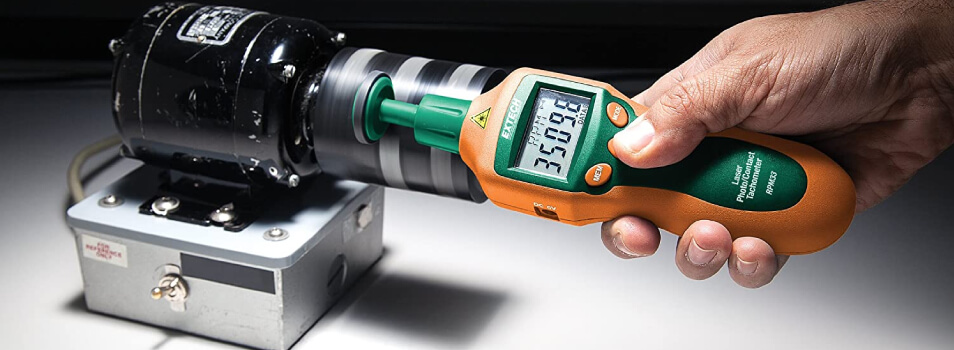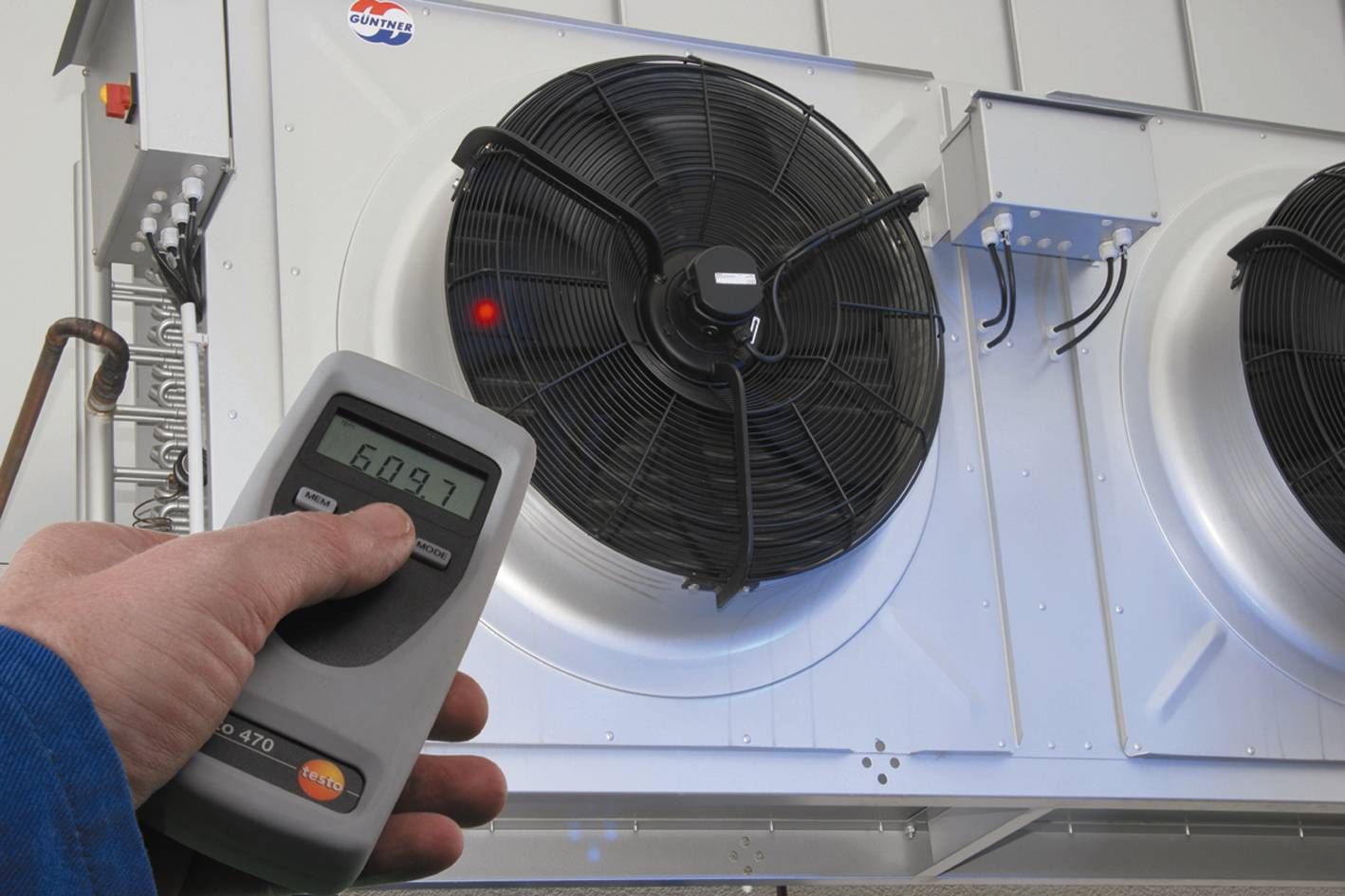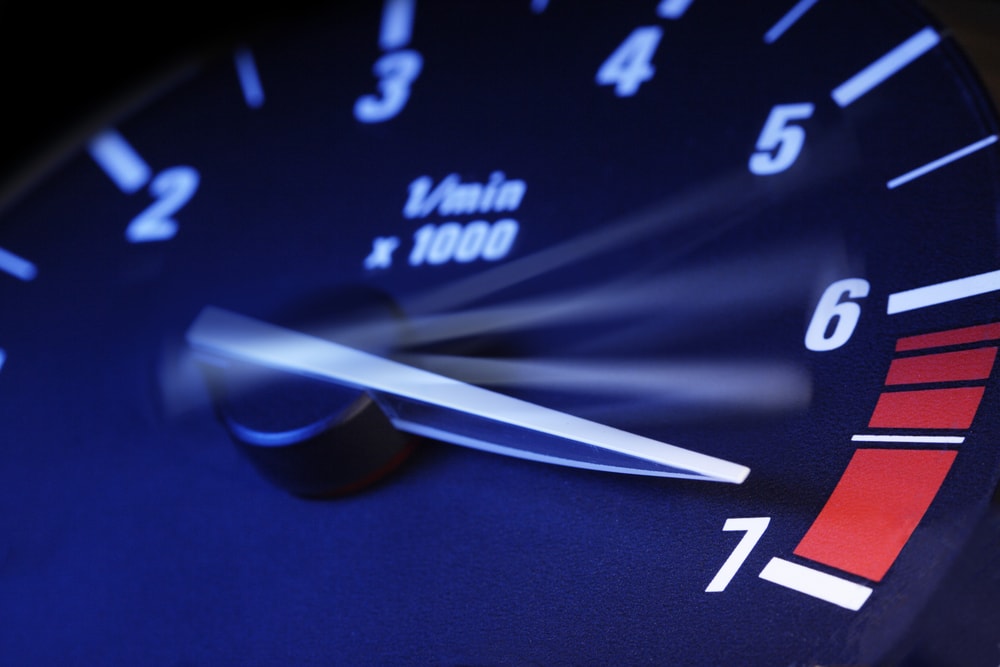
Introduction
The tachometer is an important tool in various industries, engineering, and even everyday life. Just like how we use speedometers in cars to measure speed, a tachometer measures the rotation speed of a shaft or disk. Curious about its purpose? Lets dive deeper.
Understanding Tachometers
Definition of a Tachometer
A tachometer is an instrument used to measure the rotational speed of an object. It typically gives readings in revolutions per minute (RPM). Youve probably seen them in cars, machinery, and various industrial devices.
Brief History
The concept of measuring rotational speed dates back to the 19th century. Modern tachometers have evolved with advanced technology for improved accuracy.
Types of Tachometers
Analog Tachometers
These are the traditional type with a needle and dial. Widely used in old machinery and vehicles.
Digital Tachometers
Equipped with electronic displays, they provide precise readings and are commonly used in modern machinery and cars.
Contact and Non-Contact Tachometers
Contact tachometers need to touch the rotating object to measure its speed, while non-contact types use lasers or other methods to gauge speed from a distance.
The Mechanism of Tachometers
How a Tachometer Works
Tachometers work with either a contact-based mechanical connection or a non-contact method like infrared sensors. They measure the rate of rotation and convert it into an understandable format, such as RPM.
Key Components
- Sensor
- Display
- Processing Unit
Applications of Tachometers
Automotive Industry
Used to monitor engine speed, ensuring optimal performance and efficiency.
Industrial Machinery
Crucial for monitoring the speed of conveyor belts, motors, and other machinery components to prevent malfunctions.
Aerospace
Vital for maintaining safe speeds of engines and turbines in aircraft.
Medical Field
Used in certain medical devices for precise speed measurements.
Advantages and Disadvantages
Advantages
- Real-time data
- High precision
- Enhances safety
Disadvantages
- Can be costly
- Requires calibration
- Prone to wear and tear
Importance in Quality Assurance
Quality assurance professionals rely heavily on tachometers to ensure machines operate within their optimal speed ranges. Accurate speed measurement is crucial for maintaining product quality and safety standards.
Buying Guide
What to Look For
- Accuracy
- Range
- Durability
- Cost
Top Brands
Consider brands like Extech, Fluke, and Testo for high-quality tachometers.
Installation and Maintenance
Installation Tips
Ensure it is securely mounted and correctly calibrated to get accurate readings.
Maintenance Tips
Regular inspection and calibration are necessary for long-term accurate readings.
Future of Tachometers
Technological Advances
The future promises more accurate, durable, and flexible tachometers with the advent of new technologies such as IoT integration.
Market Trends
Increasing demand in emerging markets and new industrial applications.
FAQs
What is the main use of a tachometer?
It measures the rotational speed of an object, usually in RPM.
How often should a tachometer be calibrated?
At least once a year or as per the manufacturer’s guidelines.
Can I use a tachometer for non-industrial purposes?
Yes, they are used in various fields like automotive, medical, and aerospace.

Conclusion
A tachometer is a critical tool in various industries for measuring rotational speed. Its applications ensure safety, efficiency, and precision, making it indispensable in modern engineering and industry.
For more information, you can visit this resource or check out our articles on how to use a stroboscope and how stroboscope works.
